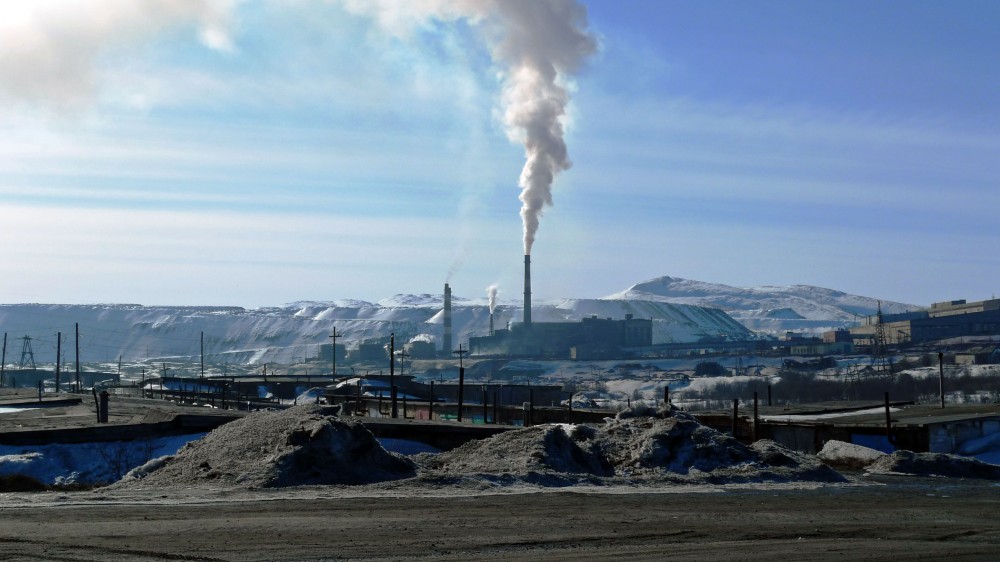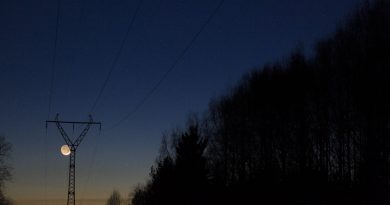Kola Peninsula sees drop in mining

Industrial output, measured in volume, decreased by 4,1 percent from 2021 to 2022, according to data by Murmanskstat, the regional branch of Russia’s statistics service.
B-port was first to report the figures.
Metals demand from the world’s energy transition and state demand for the war efforts in Ukraine do not help the mining industry on the Kola Peninsula.
Mineral extraction decreased by 9,9 percent, while the drop for metal ores was 10,6 percent compared with 2021.
Nornickel is the largest private industrial company in the region with mines in Zapolyarny and smelters in Monchegrosk. Production of nickel concentrate fell by 19,6 percent the Murmanstat figures show.
Less mining, though, the volumes of nickel matte, copper matte and nickel concentrate produced at the smelters in Monchegorsk had a significant boost by 37 percent year on year. Nornickel’s plants on the Kola Peninsula process materials from the mines on the Taymyr Peninsula in addition to ore from Zapolyarny.
Production of platinum group metals increased by 23 percent.
Iron ore concentrate decreased by 12,9 percent. The largest mine is in Olenegorsk, operated by Severstal.
The output from the apatite, and nepheline mining in the Khibiny mountains was stable with the same output as in 2021.
Related stories from around the North:
Canada: Community in northern Quebec to make the jump from diesel to hydroelectricity, CBC News
Finland: The world could transition entirely to cheap, safe renewable energy before 2050: Finnish study, Yle News
Norway: Norwegian energy giant Equinor exits Russia, calling Ukraine invasion a “setback for the world,” The Independent Barents Observer
Russia: Construction starts at new Murmansk LNG hub, The Independent Barents Observer
United States: BLM proposes allowing ConocoPhillips to drill most of its Arctic Willow project, Alaska Public Media



